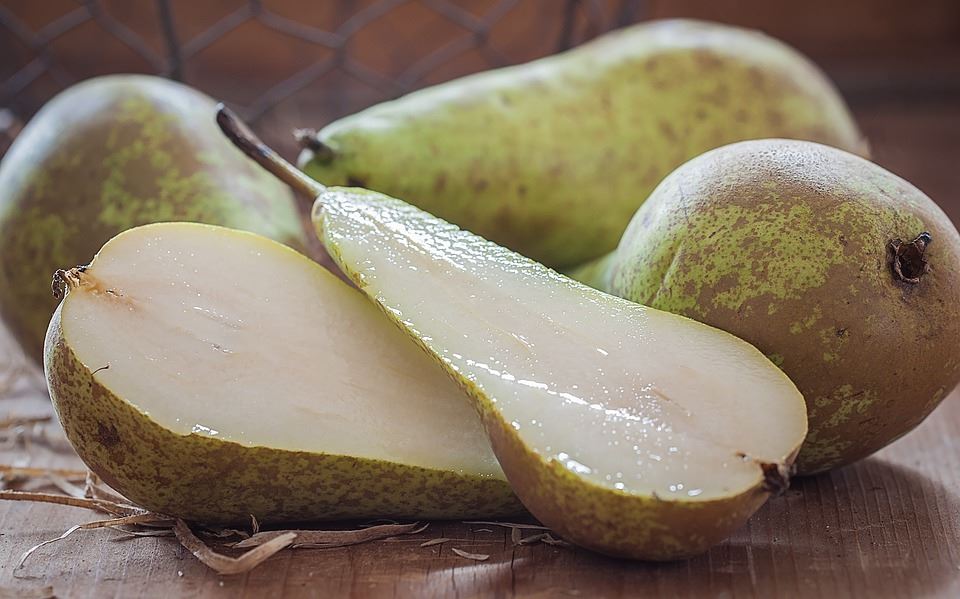The mango farming in Kenya has expanded considerably over the recent years, not only in size but also in the geographical area. Almost all corners of the country produce mangoes, but the generally semi- arid Eastern region produces the most.
As a result of this expansion, the fruit has become very popular with the locals. Different varieties are grown which includes; Apple, Ngowe, Kent, Keitt, Tommy, Artkins, Van Dyke, Haden, Sensation, and Sabine among others. The main harvest seasons are from December–March in Eastern and Central Kenya, and from November–February as well as May–August at the Coast.

A drive in mango’s growing regions during the seasons is scenic of thousands of mangoes growing in the farms and vendors dotting the roadsides selling the fruits. One of the areas that mango trees can be spotted from afar, with branches sagging under the weight of heavy, colorful fruits and vendors lined up along the busy Nairobi-Nyeri Road is Kambiti, Murang’a County. It is one of the mango growing belt that stretches towards Machakos region.
Mangoes are the other fruits cultivated in the county at a larger spin after Hass avocados, with many residents getting thousands of shillings from the fruits. John Ndungu’s mango orchard at Kambiti village is a spectacle to behold. He has over 200 mango trees growing on different lands. Just like many other commercial mango farmers in the region, he grows the grafted varieties. “I harvest up to 10 tons of mangoes in a season. The fruits are now the biggest source of income for most households here even if the prices have plummeted. We sell per piece, for 5-10Ksh though these prices are very low,” says Ndungu, adding that the same fruits are being sold in major towns such as Nairobi and Mombasa for Ksh30 bob each.
Grafted mangoes are high-yielding. The rootstocks are from indigenous mango varieties that are grafted with scions from exotic ones. Indigenous varieties grow well in the arid region since they are highly resistant to pests and drought. The grafted mango trees start producing fruits three years after planting. In the area, they flower in June and the fruits mature around November and are picked until March.
Like most farmers in the area, for years he had placed his 5 acres under maize and pigeon peas, but this changed in the late 90s. “This is when the apple variety was introduced and stories were told of the fruit being a moneymaker. I was inspired by these tales and years later, it has turned out to be true,” he says, adding there was an aggressive campaign by county government and development agencies to push people into mango farming.
Mangoes have now overtaken maize and pigeon peas, among others, as the region’s cash crop. “Apple mangoes are highly sought in the fresh and export markets for making juices, mango puree among other products,” says Ndungu
Ndungu; who sells his fruits to traders for local and export market, started out with 50 seedlings in 1998, some of which dried up before they reached the flowering stage. This did not deter him, as he kept on replanting.
The marketing of mangoes is often complicated by the fact that they ripen at the same time. To address the challenge, experts are advising farmers to consider growing varieties that mature late to dominate the markets when most of the other varieties are exhausted.
Moreover, a major challenge facing mango industry in Kenya is fruit fly and mango seed weevil infestation. The two pests are classified as quarantine pests and therefore have prevented farmers from accessing export markets which gives better returns than the local market. It has been reported that the loss due to fruit fly infestation can be as high as 40 % in some areas while for mango weevil the loss ranges from 20-30 %. Besides the economic loss incurred by farmers as a result of these pests, farmers and consumers are also exposed to hazardous chemicals used to control them. It is therefore advised to have environmentally friendly approaches to control these pests by use of traps.
As Kenya’s mango production continues to grow, access to existing and new technology is critical to maintain and improve productivity. Mangoes are highly seasonal and harvest is only expected at certain times of the year depending on the local conditions. During harvest time, the local markets are flooded and offer low prices. To avoid this trap, farmers are encouraged to embrace value addition and explore export market.




